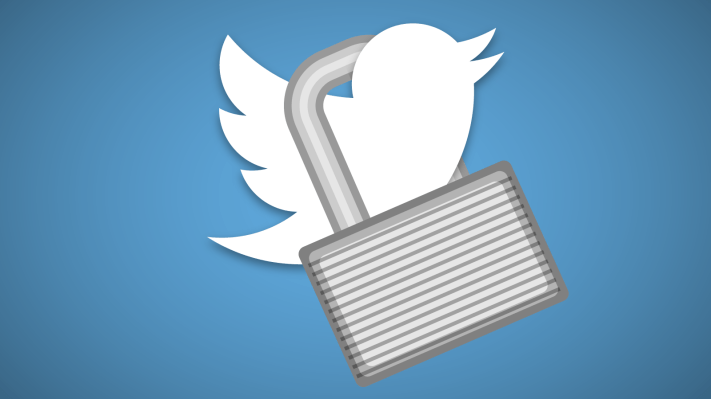Twitter is making good on its pledge to fight the persistent problems of spam, bots, harassment and misinformation that have plagued the social platform for years. Today, in its generally positive Q1 earnings report, the company announced that changes it has made related to TweetDeck and its API — two of the most common spam vectors on Twitter — in the past quarter have translated into real numbers that point to overall improvements in quality on the service.
Specifically, according to figures published in the company’s letter to investors, 142,000 apps, accounting for 130 million tweets, have had their API access revoked; and there are now 90 percent fewer accounts using TweetDeck to create junk tweets.
To note, Twitter’s new changes took effect only on March 23, and the earnings report covers only activity for the three months ending March 30 — meaning these numbers are just covering a week of activity. In other words, the effect over the longer term will likely be significant.
The TweetDeck stat covering 90 percent fewer users using TweetDeck to create false information and automated engagement spam are both a result of changes to TweetDeck itself as well as a new and more proactive approach that Twitter is taking.
In February, Twitter stopped allowing automating mass retweeting — or TweetDecking, as it’s been called by some — in which power users turned to TweetDeck to retweet posts across masses of accounts they managed, as well as across smaller user groups of people who managed masses of accounts, a technique that helps a tweet go viral. Some weeks later it moved to suspend a number of accounts that were guilty of the practice, although at least some of those suspensions were strongly disputed by the owners as mistakes on the part of the company.
Policies and enforcement around the company’s API have also been tightened up. The 142,000 applications that are no longer connected to the API were responsible for no less than 130 million “low-quality tweets.” It’s a sizeable volume on its own, but — given the Twitter model — it’s even more impactful since they spurred a number of interactions and retweets outside those spam accounts, perpetuated by individuals. As with TweetDeck, the API changes were part of the larger overhaul Twitter made around automation and multiple accounts.
It’s an interesting turn for the company: Given that the mass-action tweeting ability has been so hugely misused, it’s a wonder why Twitter ever allowed it in the first place. It may have been one of those badly conceived moments where Twitter thought it would help with traffic and activity on the site at a time when it needed to demonstrate growth, and perhaps just to bring more activity to the platform when it was smaller.
Beyond its own desire to be a force for good and not abuse, it’s also something that Twitter has been somewhat forced to address. Social media sites like Twitter and Facebook have proven to have a huge role in helping to disseminate information, but that spotlight has taken on a particularly pernicious hue in recent times. The rise of fake news and what role that might have played in the outcome of the EU referendum in the U.K. and the most recent presidential election in the U.S.; and extreme cases of harassment online, are two of the uglier examples of where social sites might have an obligation to play a stronger role beyond that of simply being a conduit for information. With governments now also looking into the issue, Twitter taking better control of this is an important step, and perhaps one it would rather control itself.
In any case, this appears to be just the start of how Twitter hopes to raise the tone, and generally make its platform a safer and nicer place to be. “Our systems continue to identify and challenge millions of suspicious accounts globally per week as a result of our sustained investments in improving information quality on Twitter,” the company notes.
There are also some interesting plans in the pipeline. The company has been on a “health” kick of late, and has been looking to crowdsource suggestions for how to improve trust and safety, and reduce abuse and spam, on the platform. An RFP that it issued to stakeholders — and anyone interested in helping — has so far yielded 230 responses from “global institutions,” the company said. “We expect to have meaningful updates in the second quarter, and we’re committed to continuing to share our progress along the way.”
We are listening to the earnings webcast and will update with more related to this as we hear it.
